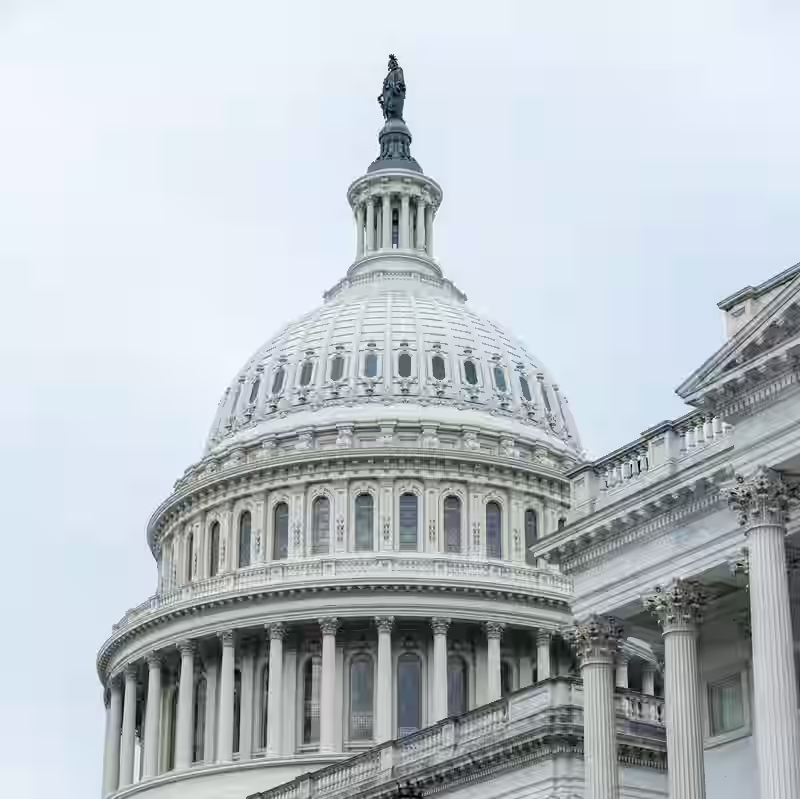Federal Employees on Edge as Shutdown Deadline Nears
With just days until the federal government runs out of funding at 12:01 a.m. on Wednesday, October 1, 2025, federal workers are bracing for a potential shutdown that could leave them unpaid—or even jobless. After a year marked by mass layoffs and deep staffing cuts, the threat of a shutdown has been compounded by a chilling White House message: this lapse could be used to justify even more terminations .

Why This Shutdown Is Different
Unlike previous shutdowns that primarily furloughed workers temporarily, the current administration has signaled it may use the funding gap as a strategic tool to accelerate workforce reductions. Agencies have been slow to release contingency plans, leaving employees in limbo about whether they’ll be deemed “essential” or left without pay—or a job.
By the Numbers: The Human Cost
| Statistic | Figure |
|---|---|
| Federal workers already cut in 2025 | ~300,000 |
| Shutdown deadline | October 1, 2025, 12:01 a.m. |
| Agencies with public contingency plans (as of Sept 28) | Fewer than half |
| Last major U.S. shutdown duration | 35 days (Dec 2018–Jan 2019) |
Workers Speak Out
- Sarah M., USDA analyst: “We’ve already lost half our team. Now they’re saying if we shut down, more of us could be ‘let go permanently.’ It’s terrifying.”
- James T., TSA supervisor: “Even if we work during a shutdown, we might not get paid for weeks. How do I feed my kids?”
- Linda R., NIH researcher: “Science doesn’t stop—but funding might. Lives are on the line.”
Expert Warning: “Deliberate Pain” Ahead
Michael Linden, a former Biden OMB official and senior policy fellow at the Washington Center for Equitable Health, called this moment unprecedented. “This administration is throwing more uncertainty and more threats of pain—of deliberate pain—which is quite unusual,” he said . He warned the economic ripple effects could surpass even the 35-day 2018–2019 shutdown.
What Services Could Be Affected?
If a shutdown occurs, expect disruptions in:
- National parks and museums (likely to close)
- Passport and visa processing (significant delays)
- FDA food safety inspections (reduced frequency)
- IRS customer service (minimal to none)
- Clinical trials at NIH (paused)
“Essential” personnel—such as air traffic controllers, border agents, and active-duty military—will continue working but may not receive paychecks until funding is restored.
What’s Next?
As congressional leaders scramble to pass a continuing resolution, federal workers are left in a state of anxious uncertainty. Unions are urging Congress to act swiftly, while advocacy groups warn that using a shutdown as a pretext for further layoffs could permanently damage public trust and service capacity.




